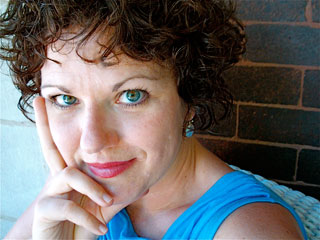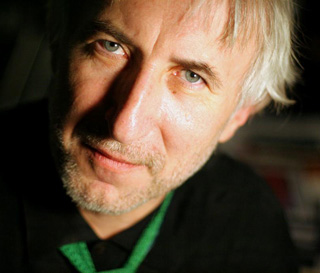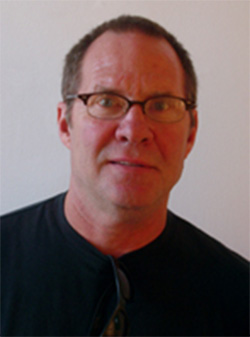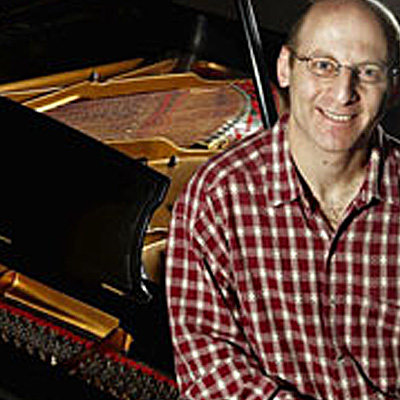Molly Shanahan is Artistic Director of Molly Shanahan/Mad Shak, a Chicago-based company she founded in 1994 to support her research in choreography, performance and collaboration.
Through her career, Molly has developed a distinctively fluid vocabulary with a singular purpose: to find and express the most unbridled of inner impulses. She continues to deepen and hone her singular approach to movement and the body, which feeds her multi-modal collaborations and the public performance of her solo and ensemble dances. Shanahan’s “trademark organicism,” equal parts movement laboratory, curiosity think-tank and spiritual practice, proceeds from getting lost in the wilderness of matter, imagery and psyche, and creating a pathway of memory and relationship to find the way home. Shanahan’s recent projects emphasize the capacity to be emotionally and kinetically raw in performance of both improvised and composed dances. The series tapped into the profound alchemical phenomenon of the audience/performer relationship.
Shanahan is the recipient of two National Performance Network Creation Fund Awards, a Chicago Dancemakers Forum Lab Artist Award, and an Illinois Arts Council fellowship for choreography, among others. Her critically-acclaimed evening-length solo My Name is a Blackbird was listed as one of the “top ten dance moments of the decade” by TimeOut Chicago. Shanahan was included in New City’s 2010 feature “The Players, 50 people who really perform for Chicago: “discarding the rules of modern dance, Shanahan creates gorgeous organic phrases by observing motion at an atomic level.” She is a member of the Dance Program faculty at Northwestern University, teaches at the Lou Conte Dance Studio and conducts workshops and teaching residencies in Chicago and nationally. An anchor arts partner at Berger Park and permanent artist-in-residence at High Concept Laboratories (both, Chicago), Molly Shanahan/Mad Shak is a Pentacle Roster Artist, represented by Ivan Sygoda.
Shanahan is a native of Canada, maintains dual citizenship, and has been based in Chicago since 1994.




